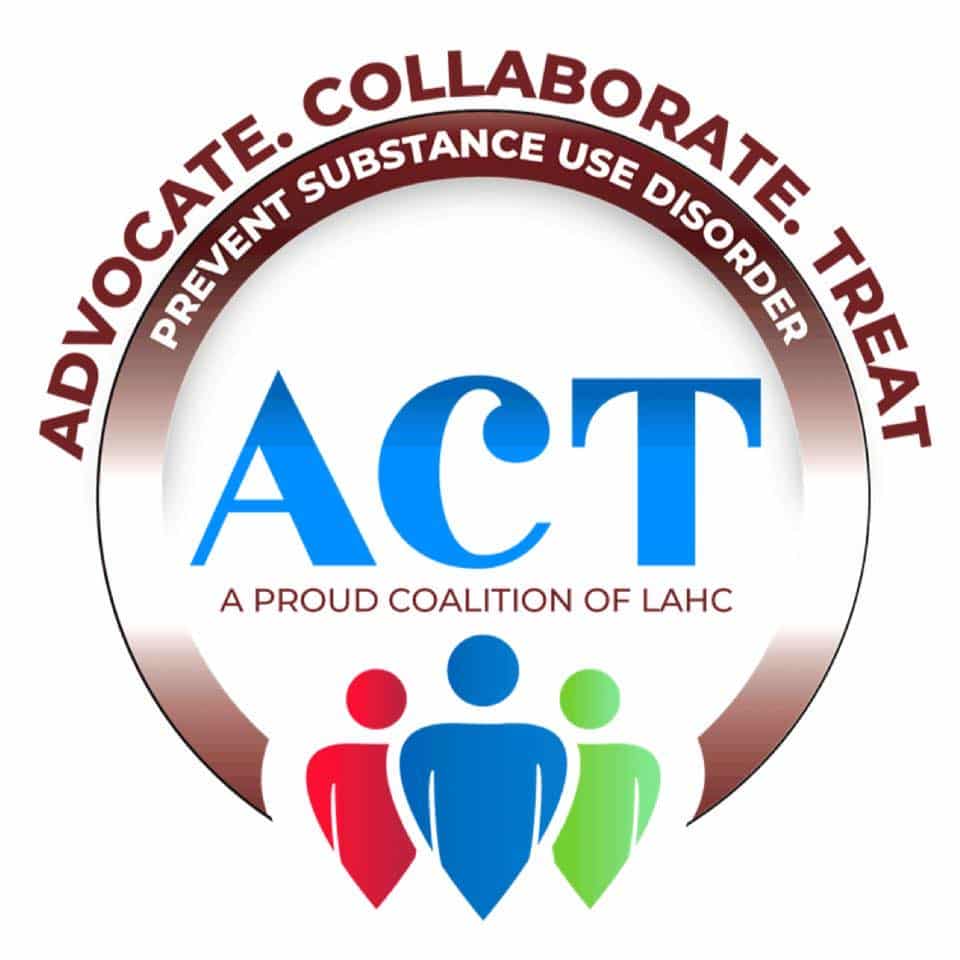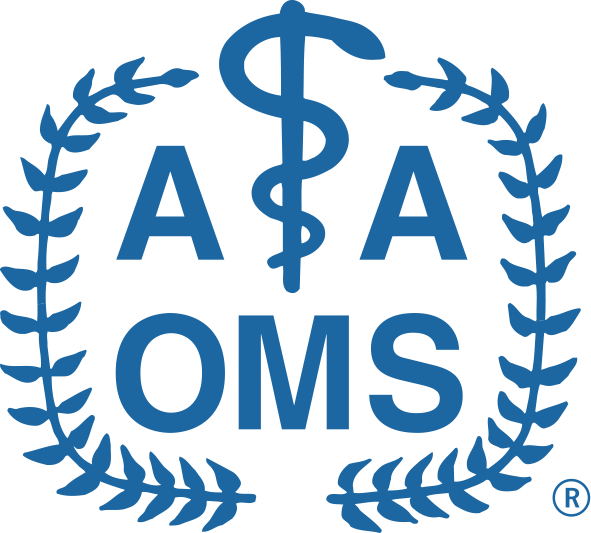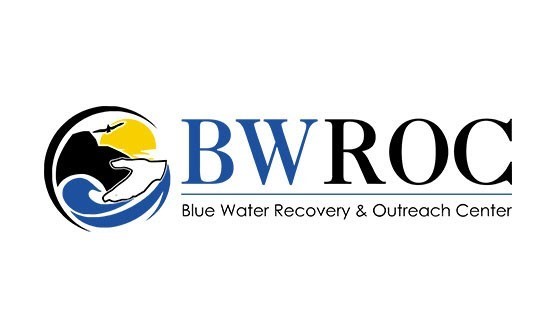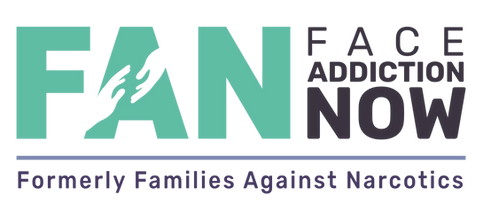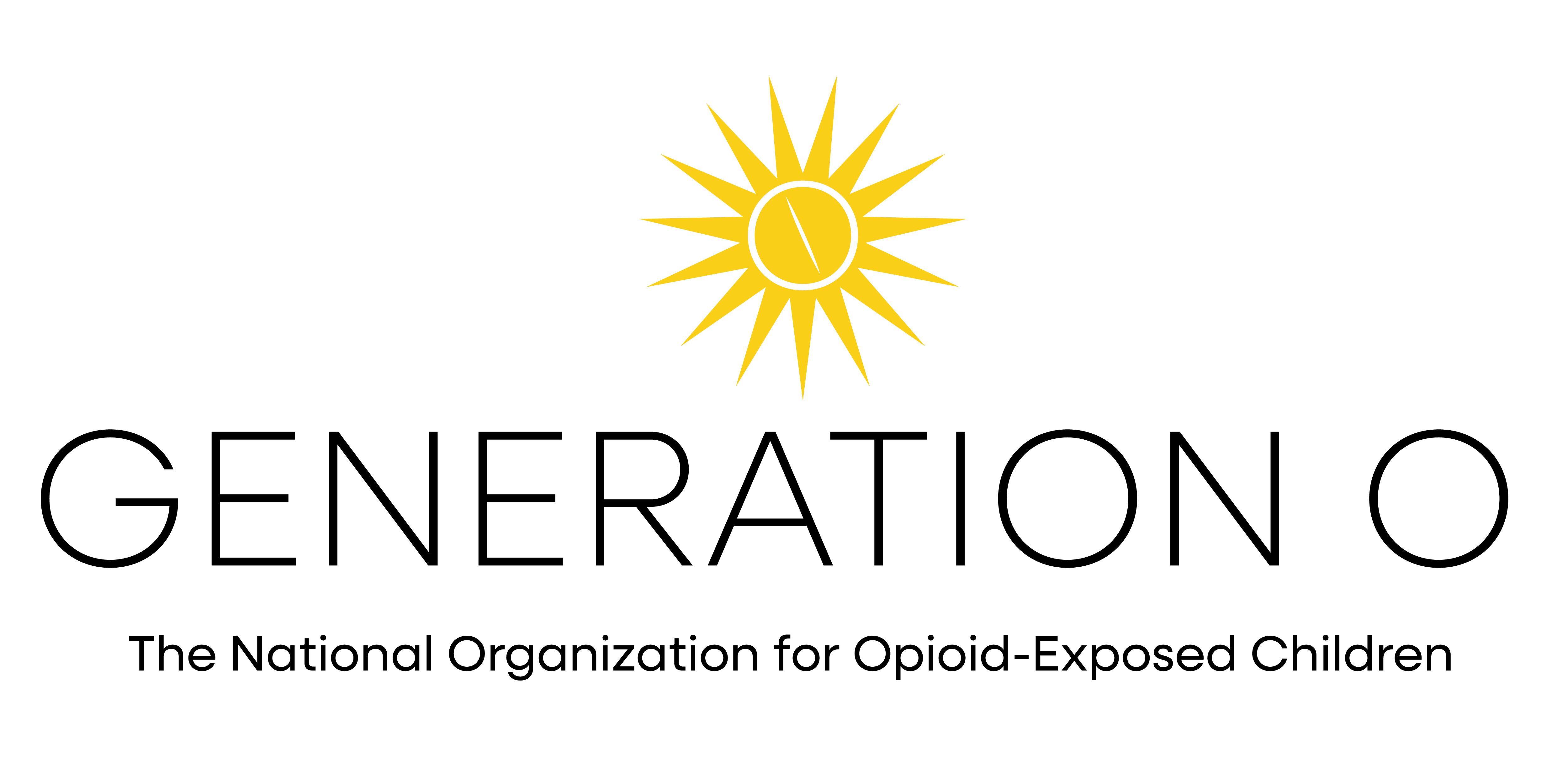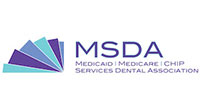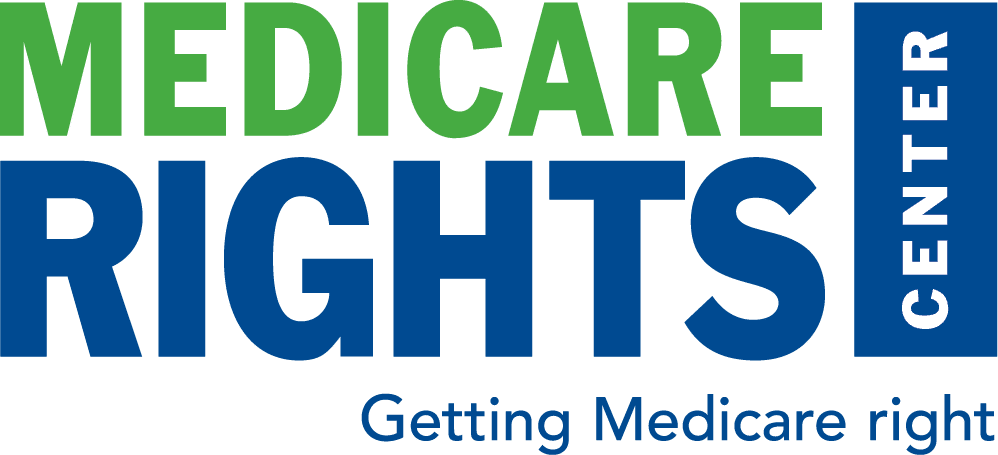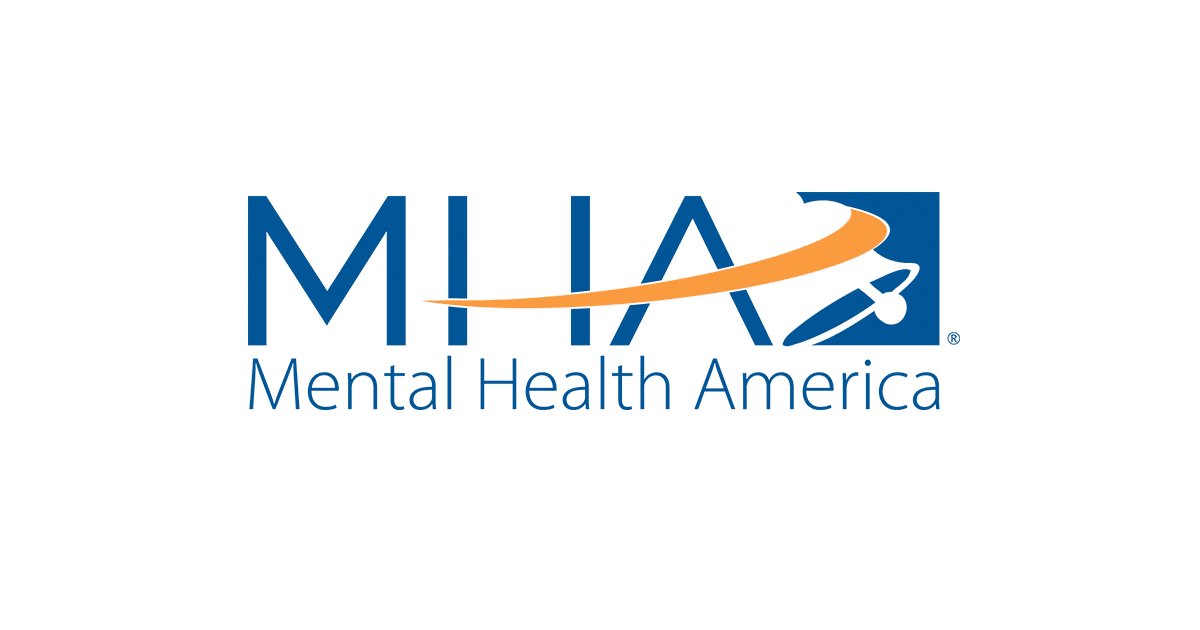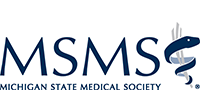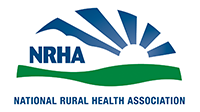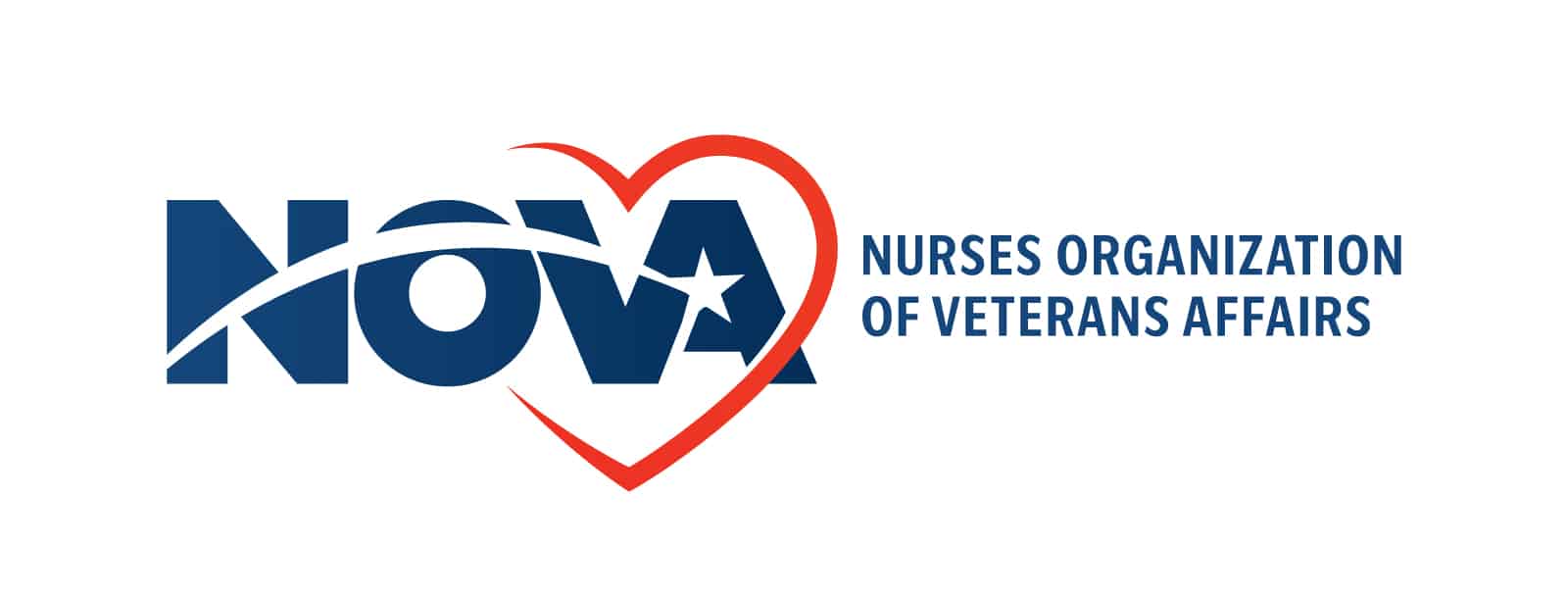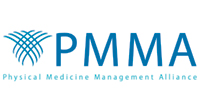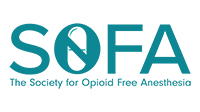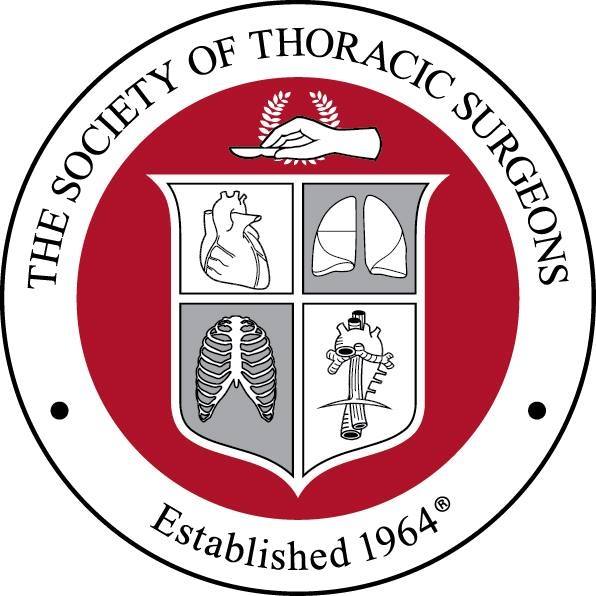

Michigan
State Facts
Deaths, or 69.6% of total overdose deaths involved opioids in 2024.¹
Claims, or 4.57% of all Medicare Part D claims were for opioids in 2022 – an average of 53 per prescriber.²
Opioid Prescriptions were written for every 100 persons in Michigan in 2023.³
Beneficiaries on Medicare Part D had Opioid Use Disorder in 2022.⁴
Opioid Settlement Funds
Prevent inappropriate prescribing of drugs with addictive potential.
Cosponsors (119th)

Rep. Jack Bergman (R-MI-01)
2025 Introduced Relevant Legislation
Senate Bill 551
SB 551 prohibits Michigan Medicaid from disadvantaging or discouraging coverage of non-opioid prescription drugs compared to opioids or narcotics for the treatment or management of pain, including through stricter utilization controls such as prior authorization or step therapy. The legislation also requires that newly FDA-approved non-opioid pain drugs be added to the Michigan Medicaid preferred drug list within 90 days.
Introduced
09/17/2025Plan Impact
MedicaidSenate Bill 552
SB 552 prohibits private health insurers from disadvantaging or discouraging coverage of non-opioid prescription drugs compared to opioids or narcotics for the treatment or management of pain, including through stricter utilization controls such as prior authorization or step therapy. The legislation also mandates timely formulary inclusion of non-opioid pain drugs within 90 days of FDA approval.
Introduced
09/17/2025Plan Impact
PrivateVoices Letters
Support for SB 551 & SB 552
1. Centers for Disease Control and Prevention (2025). Provisional Drug Overdose Death Counts. https://www.cdc.gov/nchs/nvss/vsrr/drug-overdose-data.htm
2. Centers for Disease Control and Prevention (2024). Medicare Part D Opioid Prescribing Mapping Tool. https://cms-oeda.maps.arcgis.com/apps/MapSeries/index.html?appid=5390718d875d4c049b1ac5976a9ff083
3. Center for Disease Control and Prevention (2024). Opioid Dispensing Rate Maps. https://www.cdc.gov/overdose-prevention/data-research/facts-stats/opioid-dispensing-rate-maps.html
4. Office of the Inspector General (2023). The Consistently Low Percentage of Medicare Enrollees Receiving Medication to Treat Their Opioid Use Disorder Remains a Concern. https://oig.hhs.gov/documents/evaluation/2722/OEI-02-23-00250-Complete%20Report.pdf

